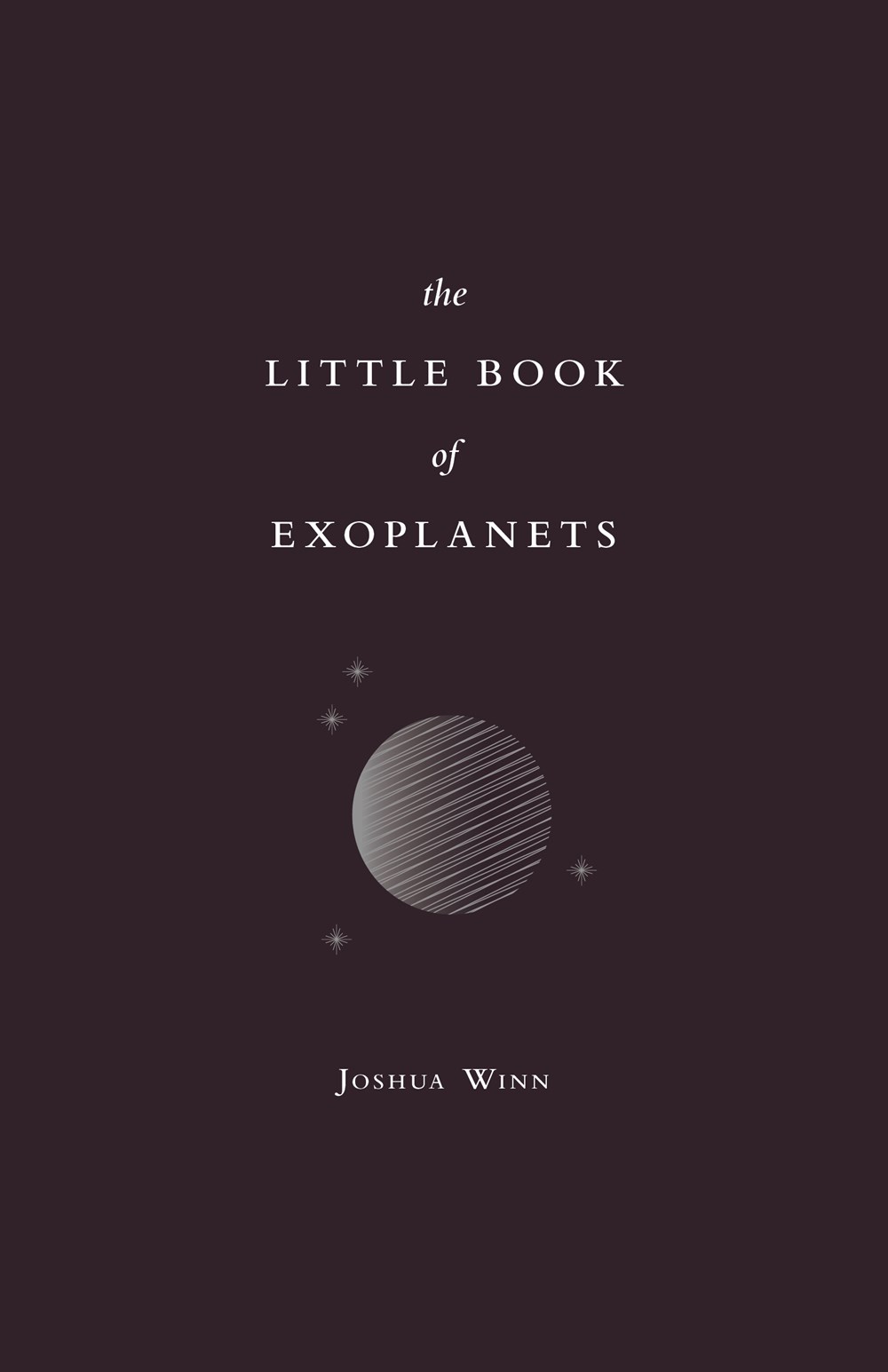2018 School Spending Survey Report
The Little Book of Exoplanets
COPY ISBN
VERDICT Recommended for readers who appreciate astronomy or are intrigued by the possibility of life on other planets.
RELATED
ALREADY A SUBSCRIBER? LOG IN
We are currently offering this content for free. Sign up now to activate your personal profile, where you can save articles for future viewing




Comment Policy:
Comment should not be empty !!!